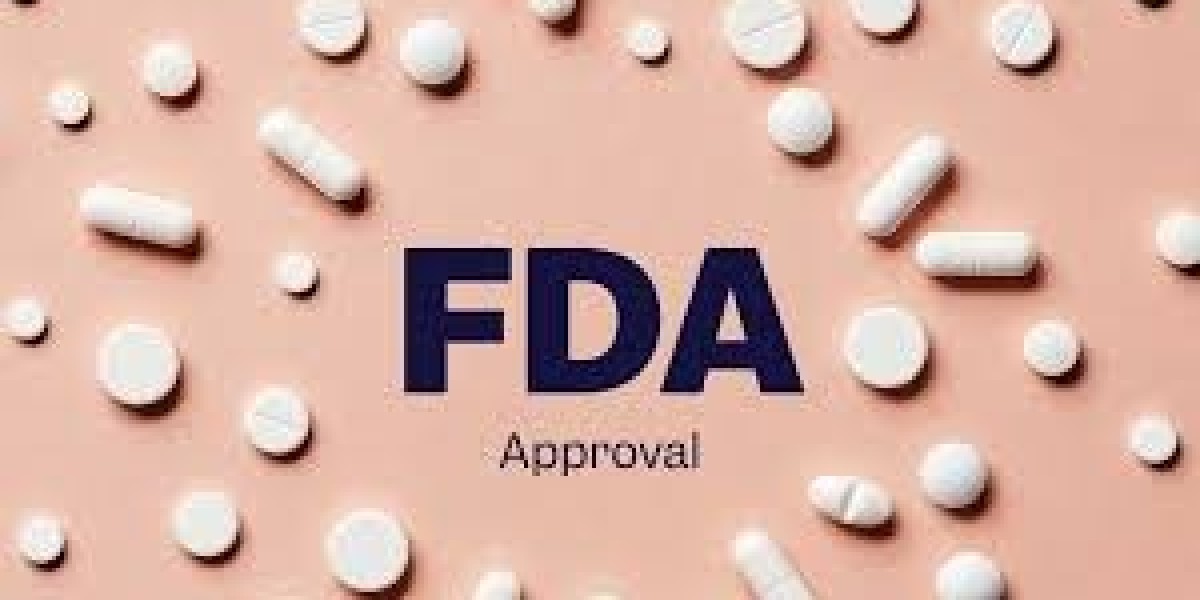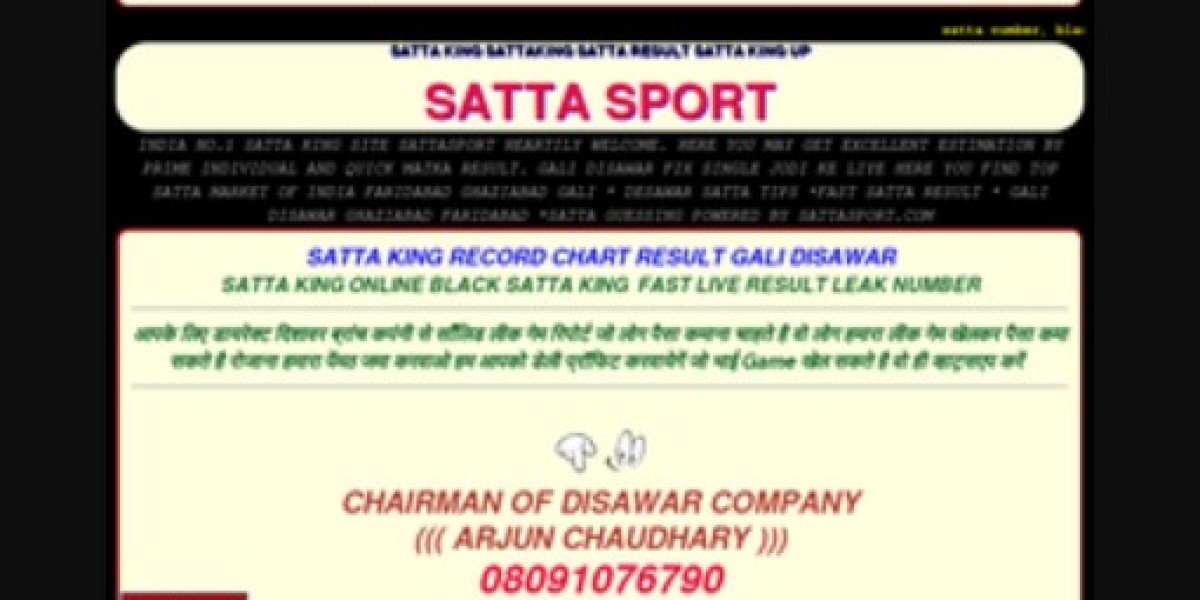The Food and medicine Administration (FDA) is in charge of making certain that medicine labels include the crucial scientific data that is mandated by law. Patients, medical professionals, and other consumers can utilize this information to make educated decisions about the use of prescription drugs. The FDA has created tools, such as this website, to help with federal labeling regulations compliance.
What Is the Labeling of Human Prescription Drugs?
Human prescription drug labeling is the scientific information provided to patients by the FDA to ensure that they do not abuse any medications and that they only use the medication after learning some fundamental and general facts about the medication. Android Tablet It contains:
The Prescribing Information, which includes each drug's name and description (for example, tablet form), dose form, route(s) of administration, contraindications, precautions, and warnings, as well as any unique handling or storage needs;
the Patient Package Insert, which provides details regarding the illness state or condition you are treating with this drug.
Pharmaceutical firms created the FDA-approved Medication Guide as an educational tool to give thorough information about the safety characteristics of their drugs as well as other crucial information regarding dosing regimens.
Data on Pharmacogenomics
Pharmacogenomics information is helpful in predicting a patient's response to a medicine and in determining the treatment's optimal dose. Pharmacogenomics information can also aid in preventing adverse effects by identifying those who are more likely to experience them.
Summary Of Important Scientific Data
All human prescription medications, including those that are applicable for use in animals, must contain a summary of the key scientific facts. Along with a brief explanation of the drug's chemical and physical makeup, applications and indications for use in therapy are also included. These play a crucial role in medications like Vidalista 60.
Additionally, the FDA mandates that warnings about potential side effects and contraindications be included on labels. Additionally, if applicable, it includes directives suchinstructions on how to use your medication correctly;
information on how to reach medical experts who can provide you additional details about this drug;
instructions on how to handle your medication after receiving it from pharmacies or clinics (for instance, how to store it correctly);
recommendations against combining this drug with other medications;
Whether it is okay to drink alcohol while taking this medication because it could seriously harm your liver.
What conditions does this specific brand, type, and version not treat?
precautions to take when operating machinery or driving while using these drugs.
Information on Prescription
The primary document for patient safety is the prescribing information. The FDA mandates that the labeling of all human prescription pharmaceuticals provide a comprehensive list of all negative effects, contraindications, warnings, and precautions. Before such pharmacies or patients buy such medications, they must first read the prescribed information provided by the maker of each drug and approved by the FDA.
Patient Labeling (Medication Guides) with FDA Approval
There is a ton of helpful information for patients in the list of details that is provided. The guide is helpful in completing the prescribing information, helping to ensure the product's safe use, and providing additional crucial details regarding your drug.
However, people who have doubts about how to use these medicines can use it in conjunction with your prescription label or patient/consumer instruction page. The Medication Guide will give you detailed instructions on how to take this medication and basic advice on what dosage would be most effective for you. For instance:
"Take this medicine twice daily." directs you to take each dose at precisely noon and six o'clock at night; if you can, spacing them out evenly throughout the day to prevent any potential side effects. if possible, space them out equally throughout the day to avoid the need for extra planning regarding when exactly such times fall inside each day's schedule.
Package inserts for patients
Patient Package Inserts (PPSs), which are a component of the labeling for prescription drugs, have two main functions:
They give instructions on how to use the medication and what to anticipate from it. A PPS might state, for instance, that you should take your prescription with food or milk, that you should wait a certain amount of time after taking it to work out again, that it should be taken with certain other medications, etc.
In addition to contact information for reporting concerns with the use of this kind of drug (should anything go wrong), they provide information on possible negative effects that could result from taking it.
Data will be accessible thanks to the FDA Label.
A tool that makes the information available is the FDA Label. This information includes things like the location of the manufacturing of these prescription medications, the process used in their creation, and any potential side effects on health. On the FDA website, you can find information by typing in the name of your medication or by searching the database for all medications. For example, type in Vidalista 20 Mg to find information.
Because the label informs you of the potential adverse effects of each drug before you take it, you have more influence over your healthcare choices. Additionally, it enables patients who take particular medications or have certain diseases to learn whether they should stop taking their prescriptions right away or, if possible, wait until they have explored other options first.
Labeling for Human Prescription Drugs Is Vital
Human prescription drug labeling is significant since it informs the general public about the product's intended use. In a way, the details on human prescription drug labeling also provide some helpful details regarding the medical staff in charge of handling and maintenance, like:
It includes usage guidelines, such as dosage recommendations, administration recommendations, and cautions. Instructions for use must be followed when using medications like Vidalista 40.It also includes possible pharmacological interactions between this medication and others (where known).
Contact us at [phone number] if you are having problems reading your prescription labels or if you notice any inaccuracies.
Conclusion
When you need to construct a human prescription medicine label, the FDA's Labeling Resources for Human Prescription Drugs is a great tool to have. The data will be accessible thanks to the FDA Label and will always be online! Read more...









